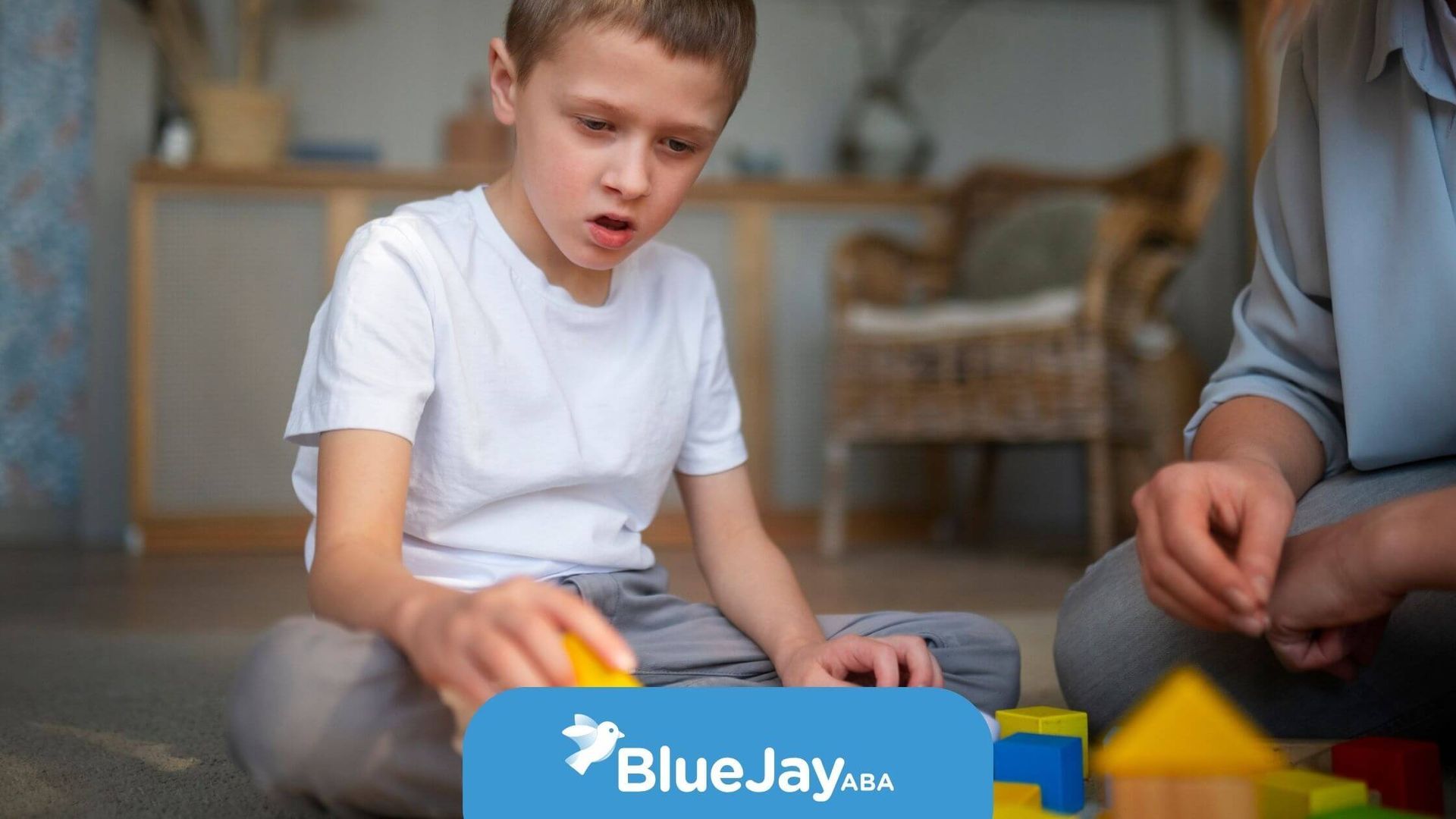Those little things you notice: A guide for parents navigating early ASD signs
Watching your child grow is full of joy and wonder—but it can also bring uncertainty. As parents, we naturally notice the little things: the smiles, the giggles, the first words. But what about the things that feel “off”? Recognizing the early signs of autism spectrum disorder (ASD).can help you take the first step in getting the support your child may need.
Common Early Signs of Autism in Children
Signs of autism often appear in the first three years of life. Every child is different, but certain behaviors may suggest it’s time to check in with a professional—especially if several signs appear together.
1. Limited Eye Contact and Social Engagement
One of the first signs of autism is difficulty with eye contact. They might not respond to their name, engage with others, or seek comfort the same way peers do.
2. Delayed Speech or Unusual Communication
children with ASD may experience a significant delay in developing language skills. Some children may not babble or talk as expected. Others might speak but repeat phrases without context or use a sing-song tone. Even subtle differences in how a child communicates can be meaningful.
3. Unusual Play and Lack of Imitation
Instead of pretend play, a child might spin wheels on a toy or line up items repeatedly. They may not mimic gestures like waving or pointing, which are key parts of early learning and bonding.
4. Repetitive Behaviors and Routines
Repetitive behaviors, such as flapping hands, rocking, or insistence on routines (like following the same route daily) may show up early. These behaviors often provide comfort but can also signal a need for support.
5. Strong Reactions to Sounds, Textures, or Lights
Children with ASD might be very sensitive—or not react at all—to sounds, touch, or light. They might cover their ears, avoid certain clothes, or not notice injuries the same way others do. Thesesensory sensitivities stem from differences in how the brain processes sensory information.
Recognizing Non-Verbal Signs
Not all signs involve speech. Children with ASD may struggle with non-verbal communication, which can impact how they connect with others.
Trouble with Gestures and Facial Expressions
Children with ASD might have difficulty understanding and using gestures. They may not wave, point, or show items to share excitement. Understanding facial expressions—both their own and others’—can also be difficult.
Limited Pointing or Sharing
Pointing to a toy or looking at something with a parent is part of social development. When this doesn’t happen, it might indicate a delay in joint attention—a key skill in building connections.
Why Early Diagnosis Matters
Spotting signs early can be life-changing. A diagnosis opens doors to services like speech, occupational, and behavioral therapy that can support communication, social skills, and learning.
The Benefits of Early Intervention
Starting therapy early helps children build essential life skills and gives families tools to better support their growth.Applied Behavior Analysis (ABA), for example, is a research-based approach that helps reduce challenges and teach helpful behaviors.
What to Do If You Notice Signs
If something feels off, trust your instincts. Talk to your pediatrician—they can guide you to evaluations and specialists if needed. The sooner you start, the more support your child can receive. Early intervention can make a significant difference in your child’s development. Services like autism therapy support from Bluejay ABA can provide personalised strategies to help your child build key skills and thrive.
Helping Your Child Thrive
Creating a calm, structured environment can go a long way. Routines help reduce anxiety and make daily life more manageable.
Encourage Interactive Play
Use your child’s interests to spark play. Turn simple activities—like rolling a ball or building blocks—into chances for social connection.
Keep a Consistent Routine
Predictable schedules offer comfort. Visual supports like picture schedules or labeled storage can help children understand what’s coming next.
Conclusion
Noticing early signs of autism isn’t about labeling—it’s about understanding. The earlier a child receives support, the greater their chances of thriving. At Blue Jay ABA, we’re here to walk with you through every step of that journey. If you’re seeing signs in your child, reach out today. Together, we can create a plan that supports your child’s unique path forward.
Frequently Asked Questions
At what age do signs of autism usually appear?
Typically between 12–36 months, though some signs can show up earlier.
Can a child show signs and not have autism?
Yes—some signs overlap with other developmental challenges. A professional evaluation can help clarify.
How do I tell the difference between ASD and a late bloomer?
It can be hard. Kids with ASD usually show a pattern of differences in social communication, not just slower progress. A pediatrician can help evaluate
Sources:
- https://www.nimh.nih.gov/health/topics/autism-spectrum-disorders-asd
- https://www.psychiatrist.com/news/why-people-with-autism-have-trouble-making-eye-contact/
- https://pmc.ncbi.nlm.nih.gov/articles/PMC3862077/
- https://www.autismparentingmagazine.com/autism-stimming-causes-management-and-types/
- https://pmc.ncbi.nlm.nih.gov/articles/PMC3086654/
- https://www.nm.org/healthbeat/healthy-tips/nonverbal-autism-what-it-means
- https://www.behavior-analysis.org/
Related Posts






